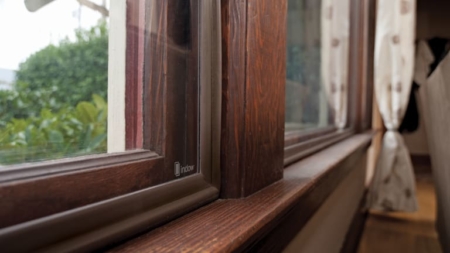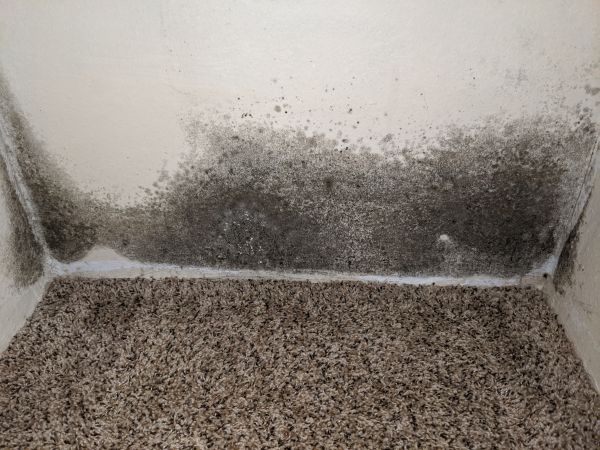Just because the sky is extra leaky this time of year doesn’t mean your home has to be. Not only is the smell of mold not so fresh, but it contributes to health maladies such as allergies and headaches. Sick Building Syndrome is a term that describes building occupants who experience health problems, such as dizziness, itchy skin, dry cough, and cold-like symptoms, as a result of spending time in an affected building. Water leaks in a home also cause:
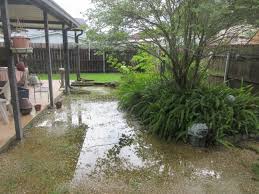
- Basement flooding as well as water damage to affected items
- Foundation cracks
- Landscape damage
- Loss of home value
85% of home structural damage is caused by poor water drainage, according to the Concrete Foundation Association, but there are helpful water drainage systems to prevent such damage. Four methods are a french drain, footing drain, grading drainage, and gutters.
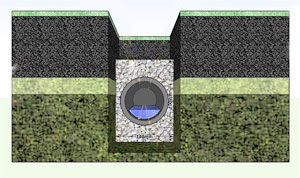
French Drain – If water frequently accumulates in a particular area, a French drain may be worth considering. This is a small trench with a perforated pipe to drain away standing water. Before the trench is covered, it is filled with a porous material, such as sand or gravel, to direct the water away from the foundation following the grade.
Footing Drain – This type of system eliminates hydrostatic pressure at the foundation and therefore prevents outside water from being able to enter into the basement. A pipe is installed around the perimeter of the foundation walls on level with the footing. The pipe collects any water that would have leaked through the top of the footing into the basement and drains it away from the foundation walls. The drain is covered with gravel up to the surface of the soil.
Grading Drainage – If water leaks into the basement or if there is standing water in the yard, grading drainage can help. The main objective of yard grading is to rework the ground to slope away from the house and thus move the water from where it is currently traveling to another location, such as a storm drain or catch basin.
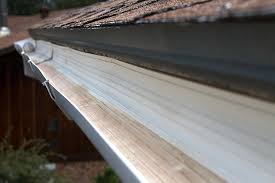
Gutters – This drainage system catches water coming off the rooftop and channels it away from the home and foundation. They can be made of up sections (about 10-12 feet long) of trough or installed as a continuous long piece up to 37 feet long. If done in sections, make sure the seams are well sealed to prevent water leaks. It is recommended to have a downward slope of ½ inch for every 10 feet of gutter to ensure proper drainage. Gutters should be securely attached with the center of the downspout aligned under the lip of the roof. It is essential to keep gutters free of debris, such as fallen leaves.
If you have standing water on your property that isn’t a birdbath or contained pond, it is time to consider a drainage system. If you already have a drainage system, check to see if it needs cleaning, maintenance, or repair. If you need one installed, you can either consult with Bronze Construction Services for an estimate or there are numerous websites and videos to instruct on how to do it yourself. Either way, keeping dry is not only good for your health, but it is essential for your home.
Additional resources:
Build Your Own French Drain – https://www.doityourself.com/stry/build-french-drain
Do It Yourself footing drain – https://www.doityourself.com/stry/footing-drain
Do It Yourself Grading Drainage – https://www.prettypurpledoor.com/yard-grading-how-to-grade-a-yard/ (This website discusses planning, potential problems to be aware of, and a step by step guide.)
More about gutter maintainence and repair –http://www.bronzeconstruction.net/blog/preparing-gutters-for-fall-weather/


